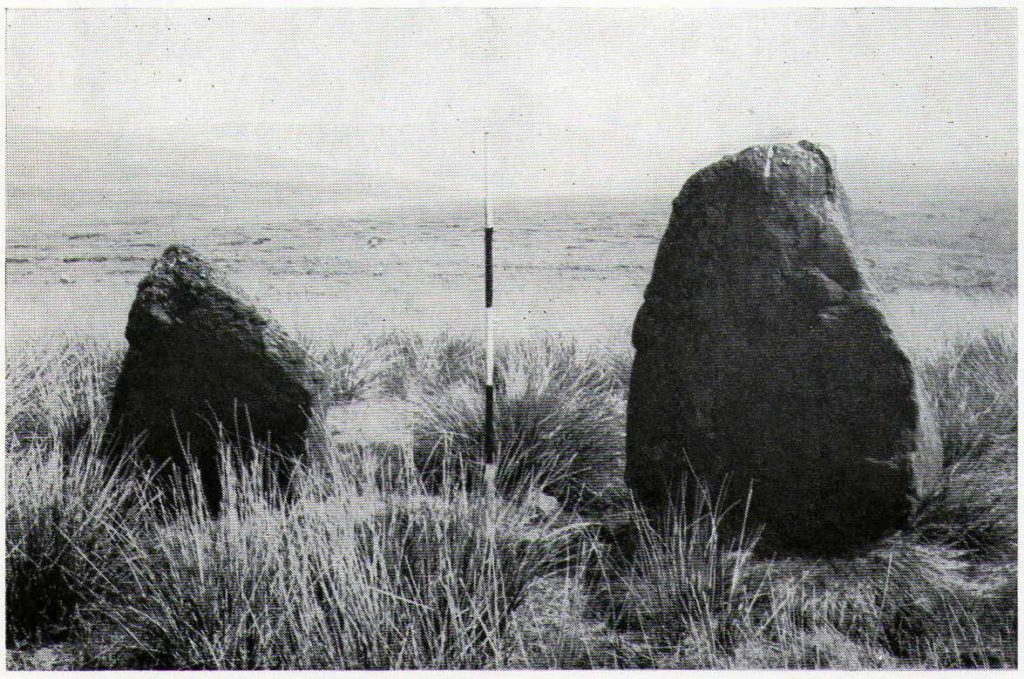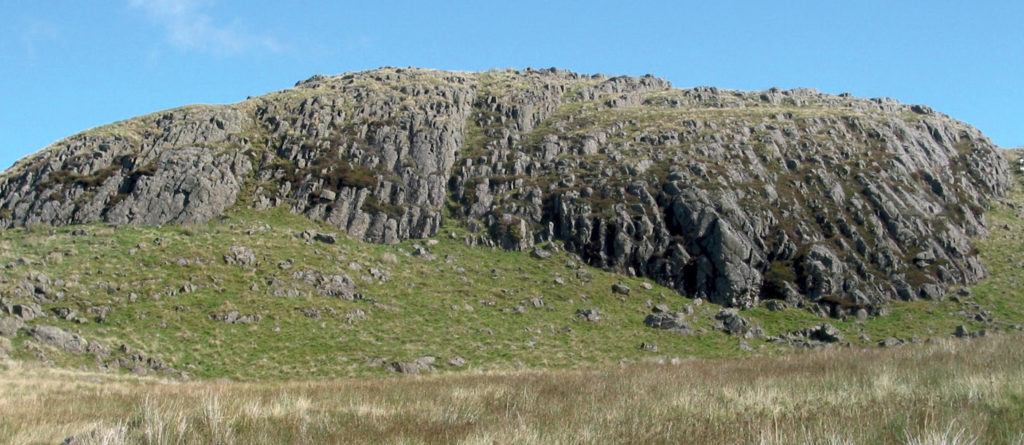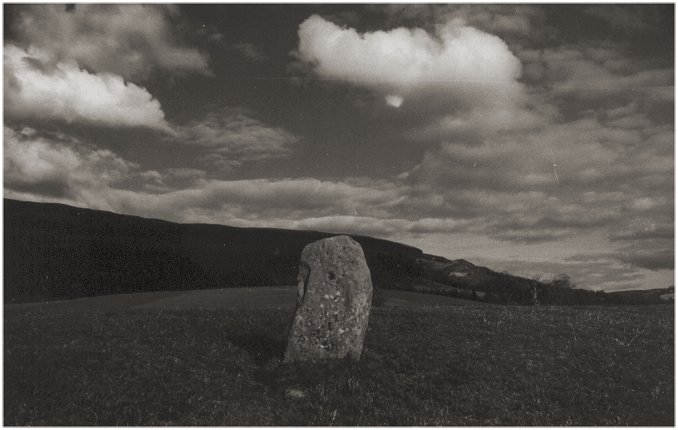Fintry Past
Early Fintry
Back 4,000 Years
People have lived in this Fintry valley for thousands of years. The earliest signs of settlement might be at the Bronze age, up to 4,000 years ago. A cairn at Todholes, standing stones at Waterhead hidden deep in the woods and hut circles all are evidence of early Fintry folk.

Dark Ages
Over 2000 years ago there may have been a hill fort at Dun above Craigton and no one is sure what the top of Dunmore hill was used for. It is clearly a good vantage point for watching for invaders. Romans were everywhere else at this time, building roads and forts within a few miles of here, but somehow they may have dismissed this one secret valley.

Middle Ages
By the 12th century we are absolutely certain that a busy rural community was here. The first written evidence is from these times.
The fertile flood plain of the Endrick provided wild-life, grazing, crop pastures, fish and power. We had castles, a church, early schooling, rough roads and a cattle drovers’ route through us to the markets in Lanark and Falkirk Tryst.
We are Fintry, meaning “fair settlement” …a bonnie spot.
What we looked like in 1794
From the First Statistical Account of Scotland:
“Fair Land: contrasted with the bleak and precipitous rudeness of the adjacent moors and mountains, its grassy hills, its fertile and well watered valleys, entitle it to this appellation.
“The hills are small; they are clothed with refreshing verdure; and their shapes are finely diversified. Covered with sheep, they suggest many pastoral images.”
The praise of Fintry continues:
“Between the two southern-most of these ranges, the Carron bog or meadow commences; the largest perhaps in Scotland. Beginning in Fintry, it runs east between the parishes of Kilsyth and St. Ninian’s to the extent of 4 miles; is in some places 2 miles in breadth, and in no place less than 1; containing about 500 acres in one continued plain.
“It affords sustenance during the winter to the cattle of the surrounding farms. This remarkable meadow, besides its utility, adds great liveliness and beauty to the general face of the country. The scene it exhibits during the months of July and August, of 20 or 30 different parties of people employed in hay-making, is certainly very cheerful.”


